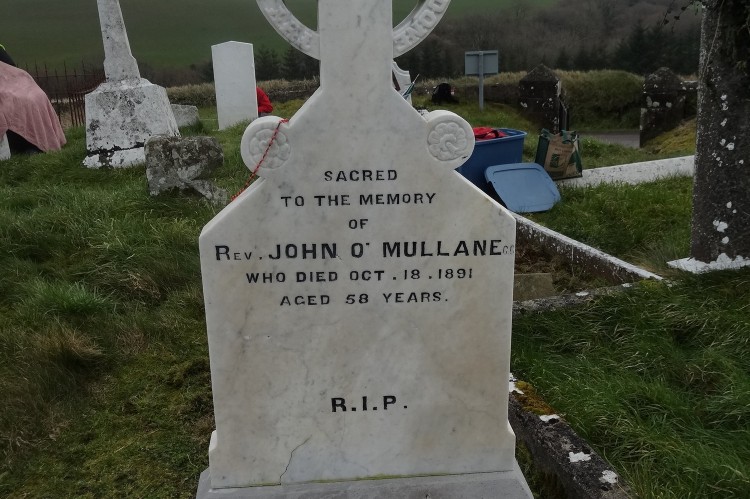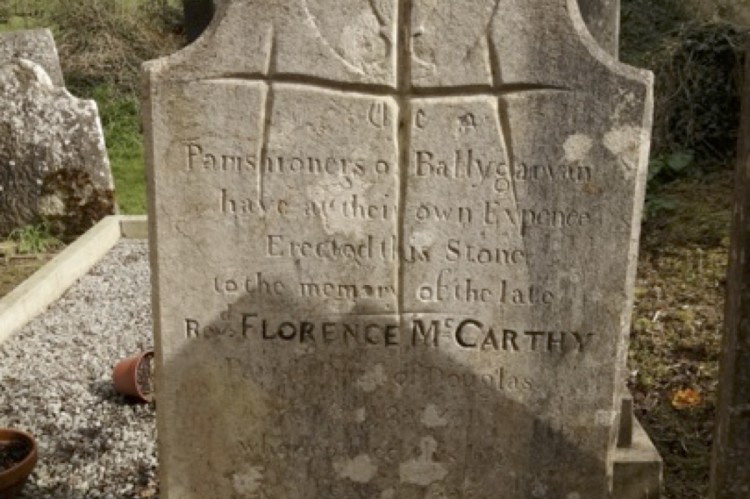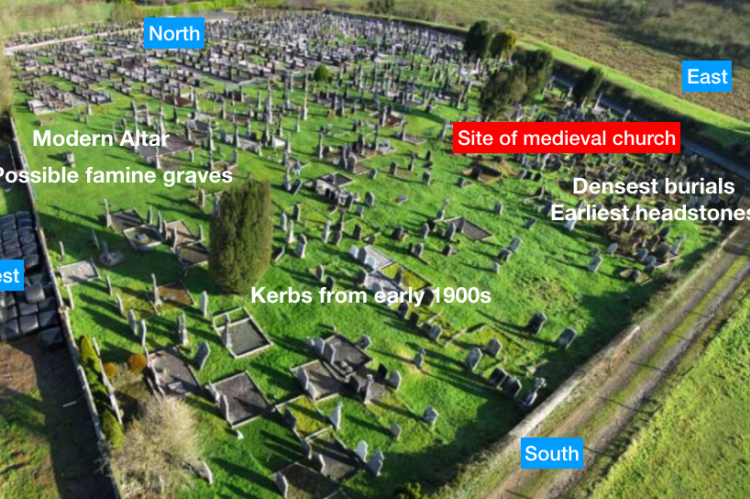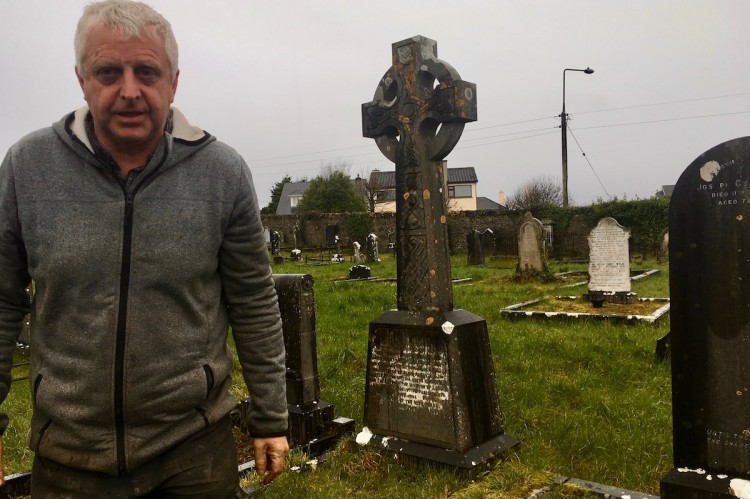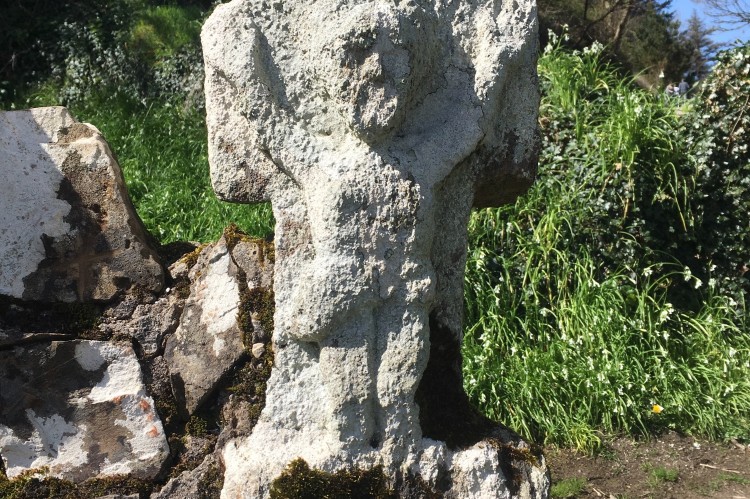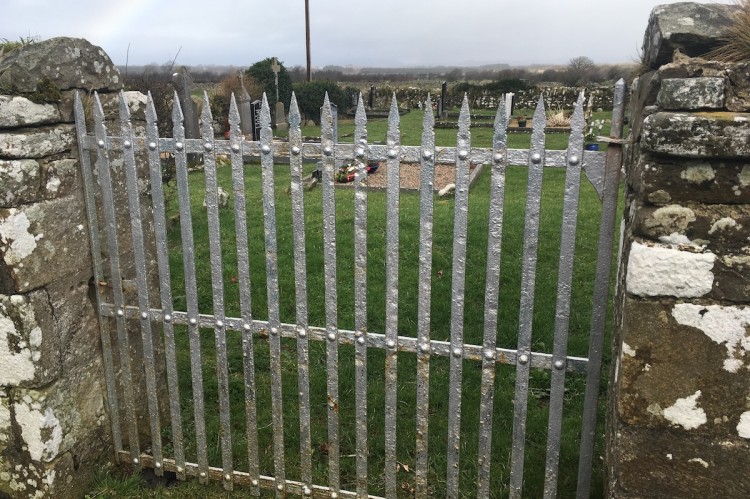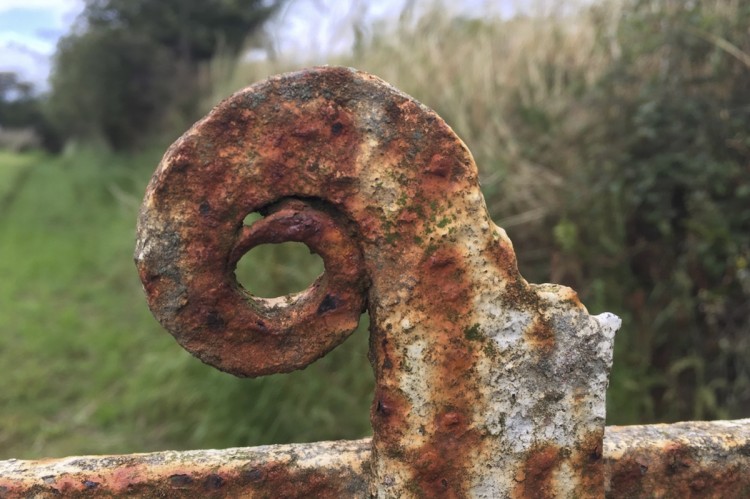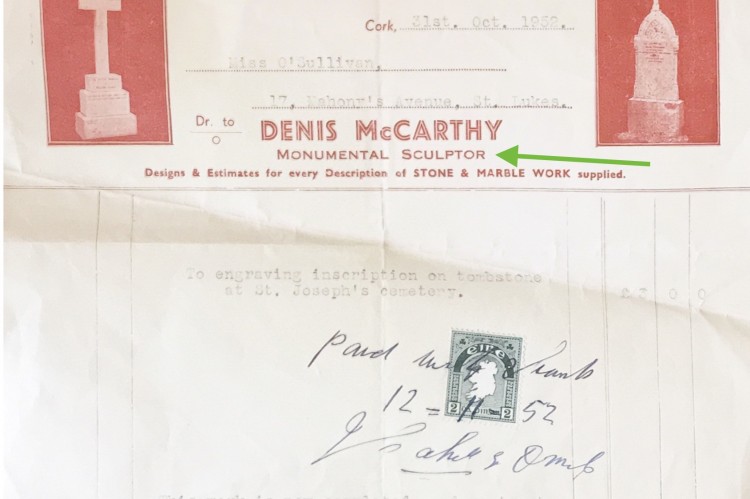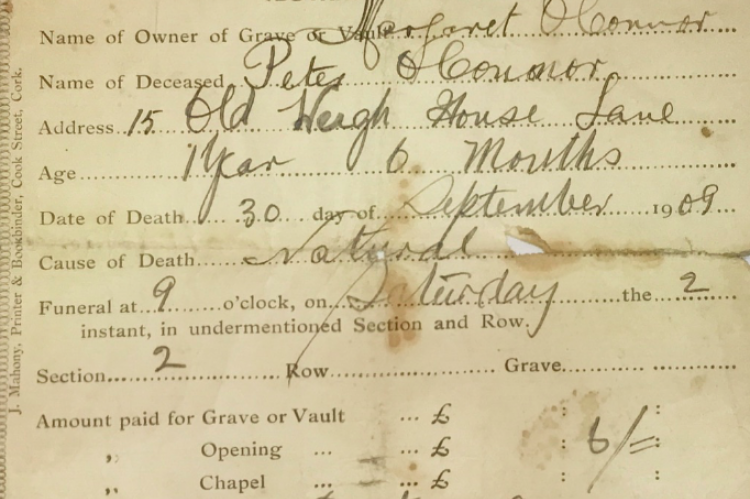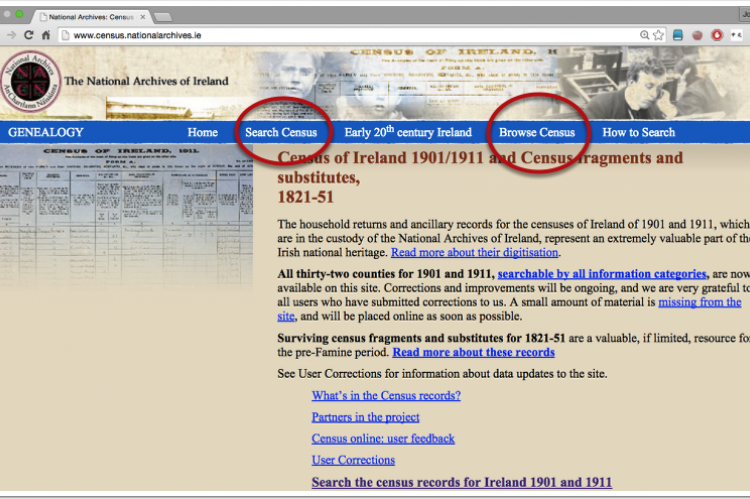The healing grave of Fr. John O'Mullane; Old Kilcorney graveyard, Duhallow, Cork
This post starts and finishes with two different stories by two different women.
One woman was having trouble getting pregnant - she already had a few children - it just wasn't taking this time, until she went to her doctor for a chat. Talking to the doctor, who was a caring, kind, experienced woman, she came away more relaxed about the process. A month later it took.

